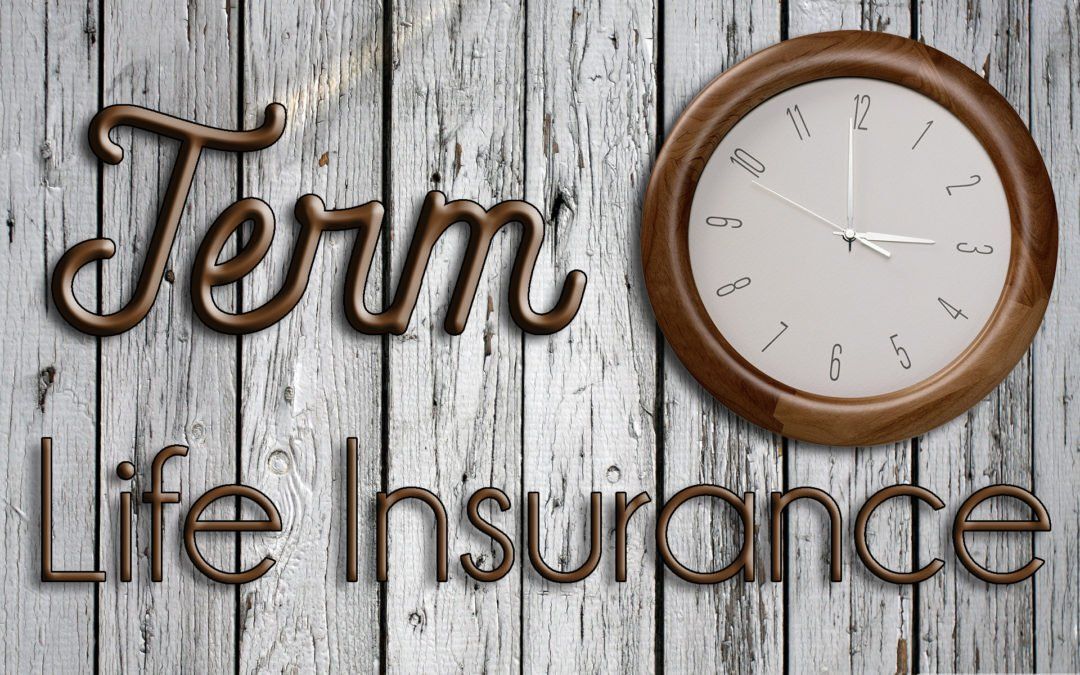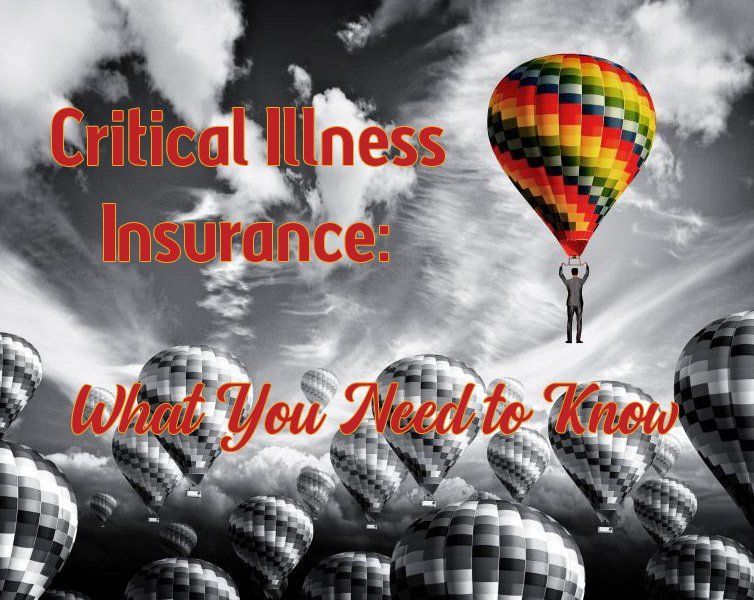What is Term Life Insurance?
What Is Term Life Insurance?

When you’re shopping for life insurance, you can choose from two basic types of policies: term life insurance or permanent life insurance. Term life insurance policies offer coverage for a specified amount of time, typically anywhere from one to 30 years though recently, if you are 45 and under you can apply for a term life insurance policy of up to 40 years. Term life insurance offers a death benefit, which is intended to help your beneficiaries replace your income if you pass away. For example, the money can be used to help pay for things like paying off a mortgage, for education costs or for everyday expenses, such as groceries.
If you’re considering buying a term life policy, here’s a brief primer on its essential characteristics and benefits.
With term life insurance you can count on quality coverage. You can get the protection you need and the peace of mind you deserve with a term life insurance policy purchased through i7 Insurance.
Many people ask, “How does term life insurance work?” The answer is pretty straightforward: If you pass away while your term life insurance policy is in force, your beneficiary will receive the death benefit. If you do not pass away during the term, no one will receive the death benefit. And premiums you pay are typically nonrefundable, unless you bought a much more expensive term policy with a “return of premium” option.
So what happens when the term ends? If your term policy is renewable, you may be able to extend your coverage for another term, up to a specified age. If your term policy is convertible, you may be able to convert it to a permanent life policy. And please note: Not all insurance carriers allow for an extension of your term policy. Also, it’s important to understand the conversion options on your term policy BEFORE finalizing your purchase as not all conversion options are the same with all carriers. If the time ever comes when you want to convert your term policy to a permanent policy, check with i7 Insurance for details on the conversion details on your policy, as the conversion typically has to happen within a specified time period.
When your term ends, you’ll likely pay higher premiums (or regular payments) if you renew or purchase a new policy.
Well how much does term life insurance cost? The cost of a term life insurance policy is based largely on the insured person’s health and age at the beginning of the term. Declining health or increasing age can make it difficult or more expensive to acquire a new term policy as you get older.
What are some additional options for a term life insurance policy? Term life insurance policies may be classified as either level or decreasing term. Level term policies, in which the death benefit does not decrease, are the more common form of term life insurance. Decreasing term life insurance policies typically see the death benefit decrease at specific intervals during the course of the term.
Beware: Some term policies allow for an increase in your premiums during your existing term. To avoid any surprises down the road, read your policy carefully and ask questions up front. At i7 Insurance, we will go over all the fine details of your policy so that you won’t be shocked by anything once you have put the policy into place.
Also, some term policies offer the aforementioned “return of premium” option that entitles you to have some or all of your premiums refunded at the end of the term, assuming you have made no claims on the policy. As noted earlier, such policy premiums tend to be significantly more expensive than non-refundable premium options.
Finally, many term life policies are now coming with living benefits, also called an accelerated death benefit rider. These living benefits can be built into the policy as an additional value without extra expense, or it may come as a rider that you pay an additional amount for. Living benefits allow the insured to get as much as 95% of the face value of the policy while you are still alive. Should a medical professional diagnose the insured with a terminal, chronic, or critical illness, the insured may then collect a portion of the face amount of the policy to help with medical costs, travel expenses to receive medical treatment, hospice and/or long term care expenses, mortgage payments, or whatever you deem it necessary for. Each carrier has its own set of rules about how it administers its living benefits so if your term life insurance policy does come with living benefits, be sure to get a firm grasp of this benefit before putting your policy in place.
Buying life insurance is a step toward helping to ensure your family’s financial future. Consult with Frank Trotter at i7 Insurance to determine whether a term life insurance policy meets your needs.






